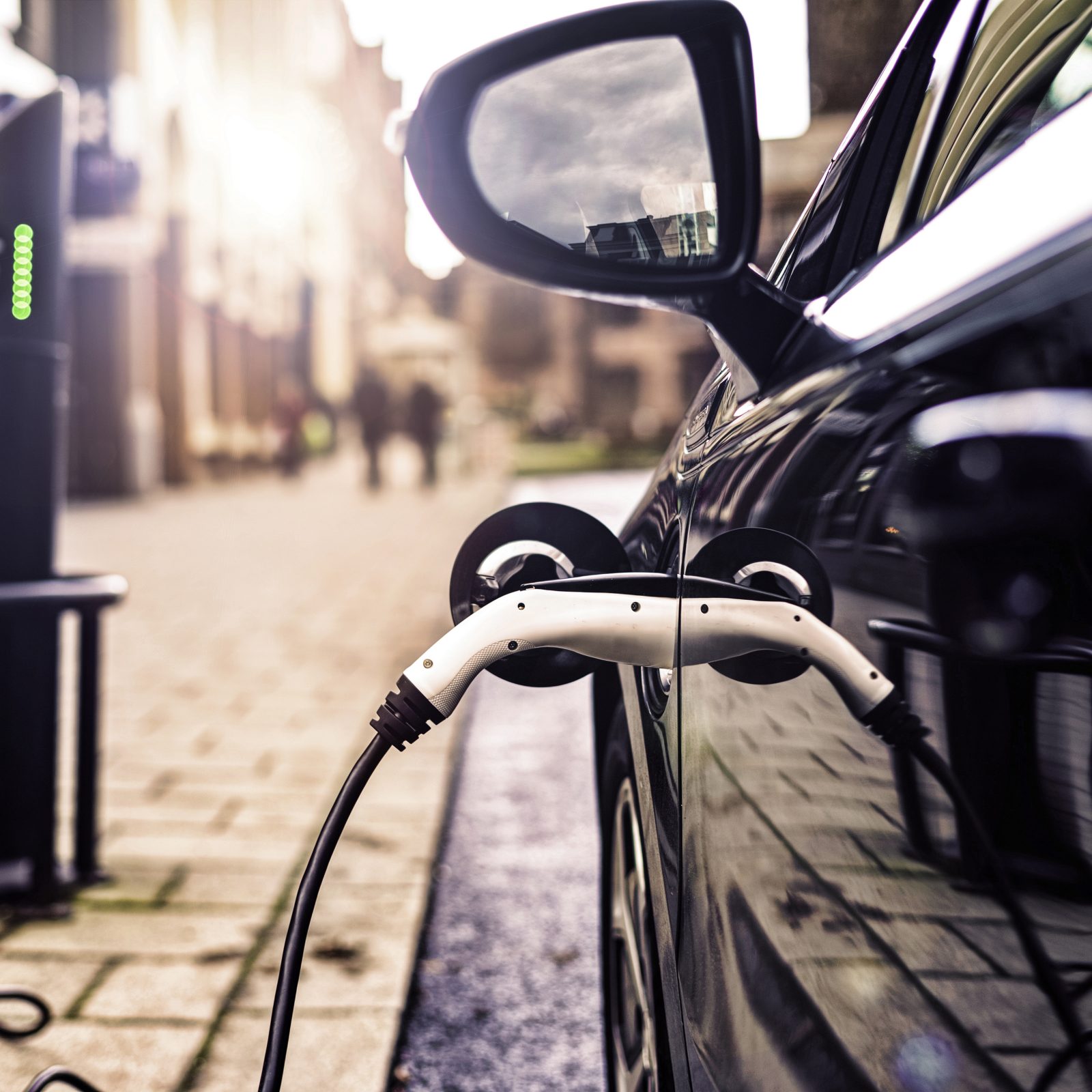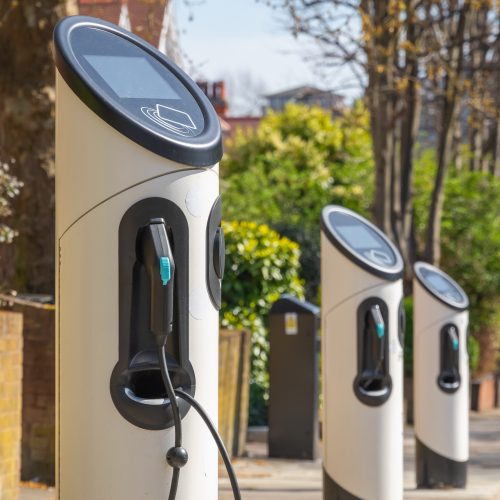Description
Electric vehicles have zero exhaust emissions. Thanks to their increased efficiency, they are able to reduce greenhouse gas emissions, especially when powered by renewable electricity. There are two effective ways to accelerate the electrification of a city: (i) by incentivising the use of electric vehicles; and (ii) by implementing policies that penalise the use of non-electric vehicles. Policies promoting the electrification of the public transport sector include the introduction of battery-powered electric buses and the promotion of trams and trolleybuses (with or without in-motion charging solutions).
While procurement decisions are often taken at city level, pursuing electrification of the public transport sector, it is also useful to explore shared procurement across cities, and it is important to encourage individual decision-makers to adopt more energy-efficient transport solutions using regulatory policy. The latter can be done by penalising diesel drivers or by promoting individual electric vehicles, including private cars and light commercial vehicles. Key policies promoting private electric vehicles include the use of road-user charges that favour electric vehicles (see policy option ), parking policies that favour electric vehicles (see policy option T1), access to bus lanes for electric vehicles and the roll-out of convenient charging infrastructure.
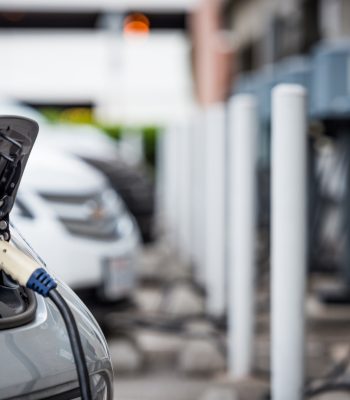
Resource implications and key requirements
As part of the transition to electric mobility, national, regional and city actors need to be involved in the planning and delivery of a new network of charging stations and energy infrastructure. This will involve significant upfront investments in charging and maintenance facilities, as well as higher costs for the purchase of rolling stock. It will also involve important negotiations with the energy sector to ensure sufficient capacity on the local grid and optimal electricity prices for overnight or daytime charging. Personnel will also be affected, and many staff will require retraining and redeployment. Drivers will need to adapt to new driving techniques and protocols for recharging and battery management, while the maintenance of buses and charging infrastructure will change to the extent that these can be outsourced under supply-operate-maintain contracts.
Overall, electric buses have lower fuel and maintenance costs than petrol/ buses owing to their increased energy efficiency and the use of significantly fewer moving parts, but as the relevant market segments still face higher upfront costs, the payback periods vary greatly depending on local conditions. A more pragmatic approach is the expansion of existing tram or trolleybus networks, as this represents less of a change relative to the existing model. Here, one increasingly popular hybrid solution involves trolleybuses with battery capacity and in-motion charging that use existing or new trolley wires for battery charging. This approach, which is most relevant for cities with an existing trolleybus service, enables the buses to operate temporarily outside the network of overhead wires, with moderate battery capacity installed
Policies aimed at the electrification of private vehicles may include changes to current road-user charges, changes to parking regulations, or allowing electric cars to use bus lanes, which may not have huge resource implications. The installation of charging stations adjacent to selected parking spaces involves a significant investment cost for the government, but it is also a cost-effective policy tool. [1] According to research from China, money spent on EV charging stations is four times more cost-effective than direct consumer subsidies. This implies that there is a strong leadership role for government, alongside the creation of entry points for the private sector. [2]
Installing charging stations adjacent to individual parking spaces or in petrol stations across a city is one way forward. However, this often proves less efficient than installing dedicated hubs for EV charging. When placed in appropriate strategic locations, these drive-through EV stations can optimise resource allocation by allowing more vehicles to be charged in a day, as well as reducing the overall time spent looking for EV chargers across the city. An individual using a parking space may leave the electric vehicle to charge in the morning and then pick it up at the end of the day, whereas dedicated drive‑through hubs have the capacity to charge far more cars in a day. At the same time, however, dedicated hubs for EV charging require grid-ready land and coordination with city authorities.
It is vital for a city to adopt long-term measures that take account of future demand for EV chargers, which is predicted to grow substantially in the coming decades. Thus, building infrastructure that meets future demand is essential in order to achieve the most efficient allocation of resources. For example, if a city is pursuing policies that remove on-street parking from its model, it must take this factor into account and invest in charging infrastructure located elsewhere.
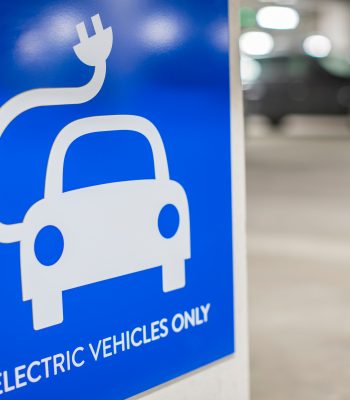
Implementation obstacles and solutions
Investing in dedicated hubs for enhanced EV charging does not just require financial investment, it also requires a substantial amount of land. This is a key obstacle in many cities worldwide where public land is scarce. In this context, coordination between the private sector and city authorities is key and can help to overcome many challenges. For example, in order to provide charging facilities for EV drivers, or petrol stations that currently serve only petrol/diesel vehicles could gradually switch to serving only electric vehicles, thus allowing petrol stations to stop being an obstacle and become part of the solution. The latter model would substantially accelerate the electrification of a city, as it would allow more EV drivers to access charging stations while at the same time providing fewer services to drivers of petrol/diesel vehicles, discouraging their use.
Electrification of bus services requires considerable investment in fleets, maintenance and charging infrastructure, and thus significant capital expenditure. Indeed, the purchase cost of electric buses can be double the price of their petrol/ equivalents. Charging stations are also expensive, costing about US$ 50,000 for a standard depot-based version used for overnight charging. [3]
Nevertheless, several cities have embarked on the electrification of bus services on a small scale, on the back of a clear green vision for the city and with some financial support from national or international entities. It has also been suggested that electric buses have lower operating costs in the long term and are easier to maintain. For example, evidence from Stockholm suggests that lower fuel costs for electric buses can offset the high investment costs incurred in building charging infrastructure while reducing a bus fleet’s emissions by up to 51 per cent and cutting its energy use by up to 34 per cent. [4] While the high upfront costs remain a financial obstacle, financing models that leverage energy efficiency savings can be used to shorten payback periods and create attractive solutions.[5][6]
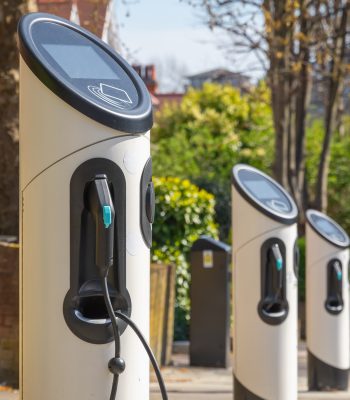
References
[1] M. Smith and J. Castellano (2015), “Costs associated with nonresidential electric vehicle supply equipment: Factors to consider in the implementation of electric vehicle charging stations”, US Department of Energy.
[2] Li et al (2021), “The Role of Government in the Market for Electric Vehicles: Evidence from China,” World Bank
[3] Financial Times (2019), “Number 214 to Highgate leads UK’s electric bus charge – British companies use Chinese technology to power up in new age of public transport”, Financial Times website, November 2019.
[4] M. Xylia, S. Leduc, P. Patrizio, F. Kraxner and S. Silveira (2017), “Locating charging infrastructure for electric buses in Stockholm”. Transportation Research Part C: Emerging Technologies, Vol. 78, pp. 183-200.
[5] A. Marshal (2019), “Why electric buses haven’t taken over the world – yet”, Wired, June 2019.
[6] Leeder et al (2021), "Going electric - A pathway to zero-emission buses", Policy paper, EBRD.








